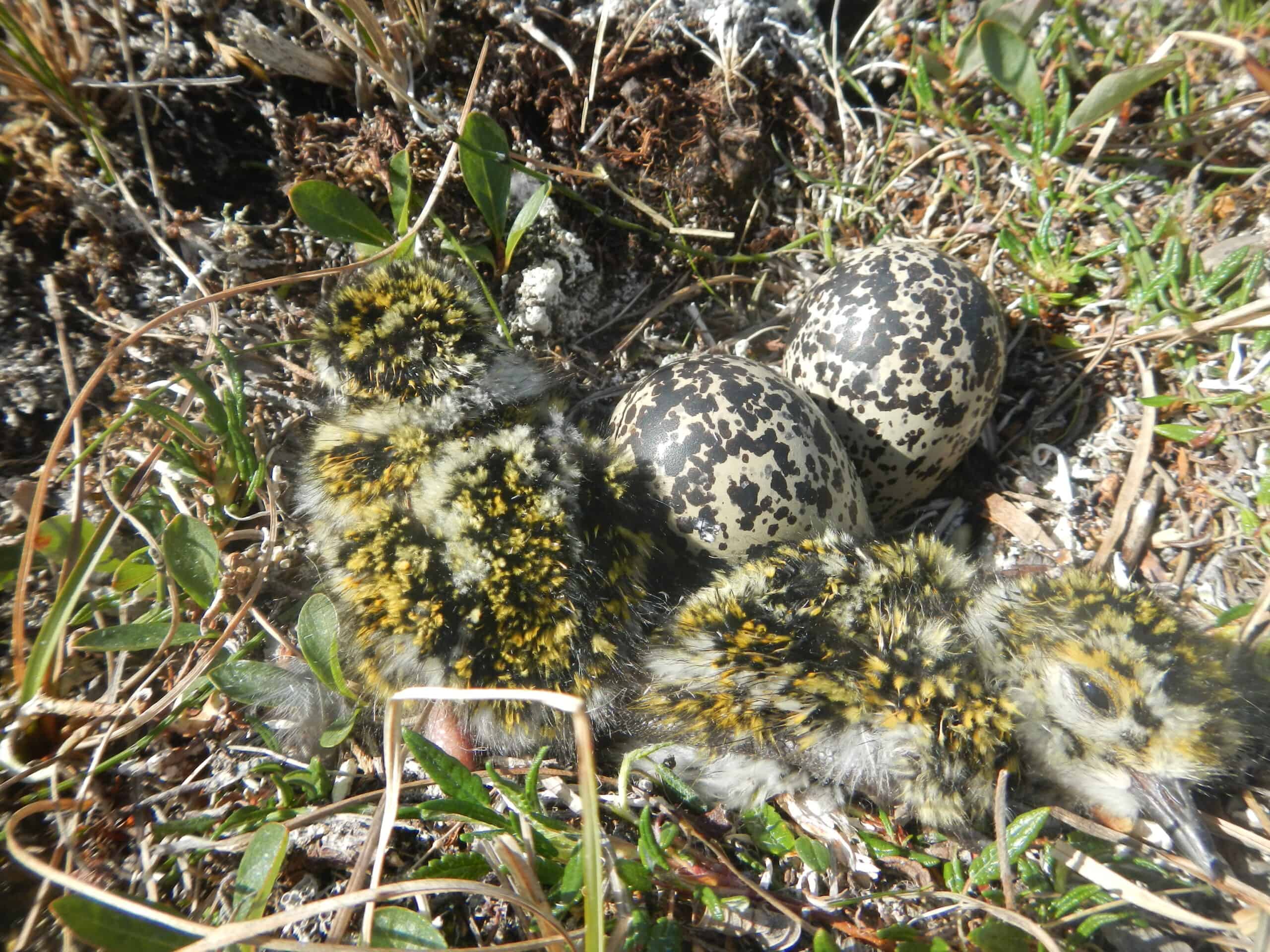Share this article
Birds experience lower nest survival near an Alaskan oilfield
Prudhoe Bay oilfield infrastructure can impact songbird and shorebird nesting
The Prudhoe Bay oilfields of northern Alaska are negatively impacting the nest success of shorebirds, which may exacerbate declines experienced by shorebirds around the continent.
For a study published recently in the Journal of Avian Biology, Rebecca McGuire, who worked with the Wildlife Conservation Society at the time, tapped into a long-term research project to uncover how the oilfields have affected birds in the area.
For that ongoing project, which started in 2003, a research team set up 10 survey plots in Prudhoe Bay likely to have high numbers of shorebirds. In these plots, they monitored eggs until the adults abandoned them, the nests were predated, or they succeeded and hatched. They did this for five weeks every summer, then also surveyed the nesting habitat around these areas. They used GIS to see how close nests were to the Prudhoe oil fields and related infrastructure.

For this paper, McGuire and her colleagues used data from the project collected from 2003 through 2019 to monitor 1,265 shorebird nests, 378 songbird nests and 231 waterfowl nests.
Some 25% of the birds nesting in these areas were Lapland longspurs (Calcarius lapponicus). Their research found that these birds have been declining in recent years around the oilfields. This may be part of a larger trend of declining songbirds across the continent, due to factors including the use of insecticides, habitat fragmentation and predation by cats.
All birds had a decline in nest survival. The most common shorebirds nesting in the area were semipalmated sandpipers (C. pusilla) and stilt sandpipers (Calidris Himantopus). These species may have driven the results to some extent, but the researchers didn’t pull apart the results for individual species.

Meanwhile, nest density increased for waterfowl close to the oilfields, as it has for waterfowl across northern Alaska. Increasing numbers of waterfowl like snow geese (Anser caerulescens) might be one of the reasons for a decline in shorebirds. The geese may degrade habitat, which affects the nesting preferences of the shorebirds.

“Snow geese eat everything in sight,” McGuire said, adding that the geese may also attract more predators like glaucous gulls (Larus hyperboreus) and common ravens (Corvus corax) that prey on goose eggs. The predators may also opportunistically prey on those of shorebirds they come across. Ravens are possibly also using the infrastructure of the oil fields for perching and nesting—these features could help boost the population of these predators.
It’s unclear why the geese are increasing in numbers, but it could have to do with changing farming practices in their southern winter range that favor the waterfowl.
McGuire, who now works with consultancy company Alaska Biological Research, Inc., and her colleagues said that a better understanding of the relationship between the oilfields and the species breeding in their vicinity is critical to learn more about the impacts of infrastructure.
Header Image: American golden plovers (Pluvialis dominica) were among the birds that nest in Prudhoe Bay. Credit: Wildlife Conservation Society








